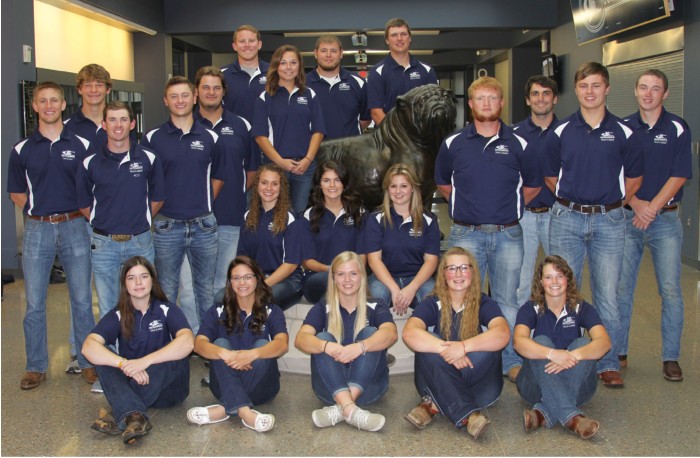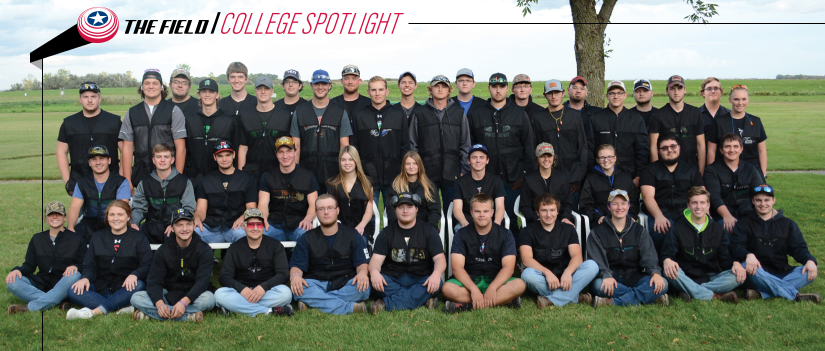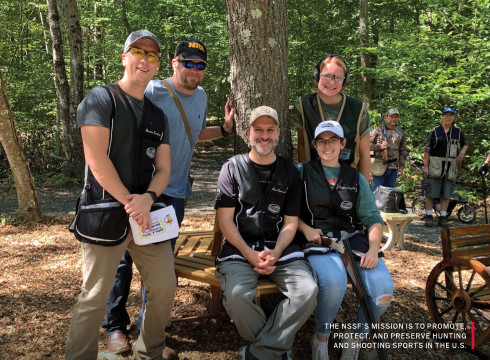
The trap and skeet team at Concordia University in the small, rural town of Seward, Nebraska, began as an offshoot of a popular club for outdoor enthusiasts.
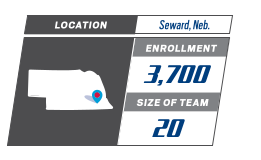
Dr. Joel Helmer, a geography professor at the small, Lutheran, liberal arts college, and a lifelong outdoorsman, developed the club. Recognizing an interest among members in hunting and shooting sports, he applied for and received a grant for team startups from the National Shooting Sports Foundation in 2013. With a nod from Concordia administrators, Helmer launched the Bulldogs trap team in 2014.
“I said this is something that’s growing at the high school and college level and presented it to them and said this is something we ought to take a look at, and it kind of just happened from there,” Helmer said. “It’s been really rewarding to grow it and see it take shape.”
Helmer coaches the team with graduate student Dustin Renfo, who shot for Texas A&M University. In its first year, the Concordia trap team totalled five shooters. That grew to 12 the next year and 20 this year. Their experience and backgrounds are mixed, Helmer said. Some only know trap, others have a wide range of shooting disciplines on their resume.
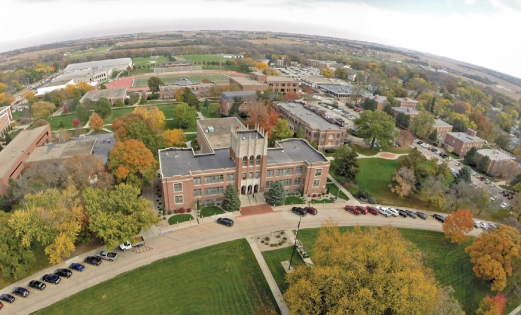
All shooters are on scholarship and held to the same standards of other student athletes. The school covers the cost of ammunition, gear, and travel, as well as tournament and practice fees.
The team’s primary range is the Lincoln Trap and Skeet Club about 25 minutes outside the university. The team also uses the highly acclaimed Oak Creek Sporting Club, which is roughly the same distance from the school, and hosted its first event there last year. The team hopes to host a tournament annually moving forward.
In a state with a long history in collegiate trap shooting, the Bulldogs compete against some of the nation’s best teams, but Concordia has already found some success, especially at the individual level, with several first place tournament finishes.

Helmer, who recruits year-round, said he ultimately wants to keep his team around 25 shooters. That fits well with the University’s position as a 50-major institution that prides itself on small class sizes, strong educator engagement and a community atmosphere.
“I’m looking for good shooters, but I’m also looking for good people who are good students,” Helmer said.
And he noted that, from his experience, it’s not difficult to find shooters who fit that profile. The parental investment in the sport and the dedication and skill it requires lends itself well to creating students of strong character. And he’s encouraged by the growth at the high school level.
“What I think is happening, too, is the high school programs are maturing,” he said. “I think now, what I’ve seen is that there are more shooters and there’s more interest. Young people are realizing now that they can go on and shoot at the collegiate level.”
